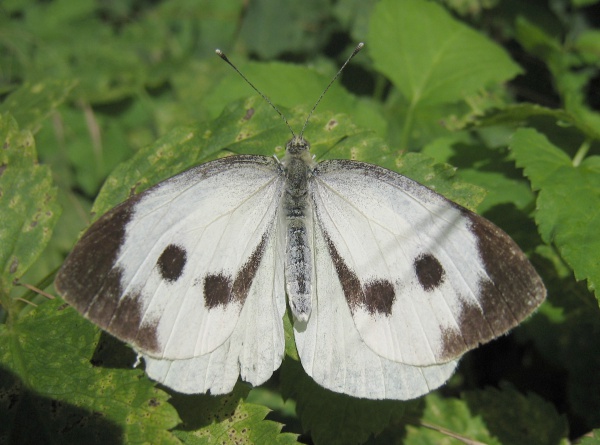Facts About Pieris brassicae
The large white butterfly, scientifically known as *Pieris brassicae*, is a captivating member of the Pieridae family, closely related to the small white butterfly, *Pieris rapae*. These butterflies can be found throughout Europe, North Africa, and Asia, often flitting around fields, meadows, and parklands. Interestingly, they have also been observed in regions like South Africa, Australia, and New Zealand.
These butterflies undergo several stages in their lifecycle. They begin as tiny eggs (ova), which hatch into larvae. These larvae are voracious eaters, feeding and molting multiple times before finally metamorphosing into adult butterflies, known as imagines. The larvae have a particular fondness for cruciferous vegetables such as cabbages and Brussels sprouts, much to the dismay of gardeners and farmers.
Adult large white butterflies are easily recognizable by their white wings with black tips. Beyond their aesthetic appeal, they exhibit intriguing behaviors such as migration, hibernation, and even territorial defense.
When it comes to reproduction, female large whites are selective about where they lay their eggs, typically opting for the undersides of leaves on plants that meet their criteria. As adults, these butterflies feed on nectar from flowers, while their larvae continue to consume host plants.
A fascinating fact about large white butterflies is that they contain mustard oil glucosides in their bodies. This chemical renders them unpalatable to predators, and their bright coloration serves as a warning sign—a sophisticated defense mechanism known as aposematic coloration.
While these butterflies contribute to pollination, they can also be considered pests. Their larvae's feeding habits can cause significant damage to crops, particularly those in the Brassica family. Additionally, there are various subspecies of large white butterflies, each with distinct traits and distribution patterns.

 Israel
Israel